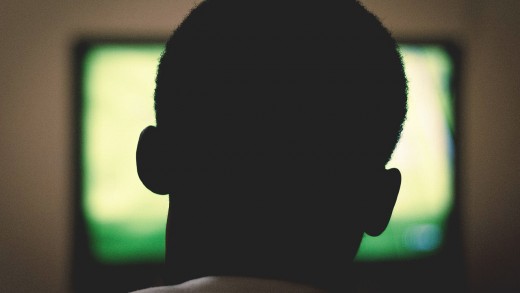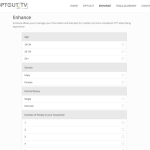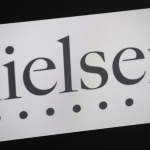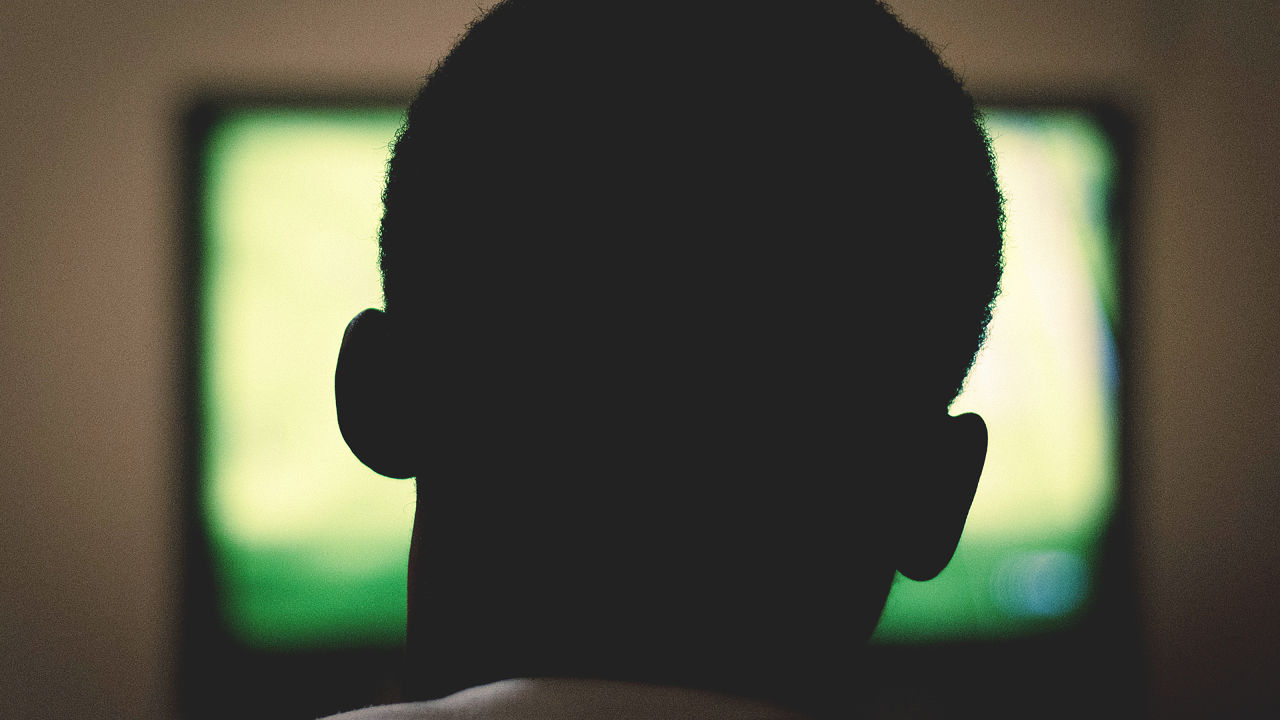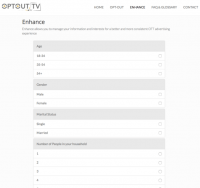that is the latest entrance within the warfare For regulate Of Your tv–And it’s going to Get unpleasant
The FCC chairman needs to let individuals watch television with out renting an expensive cable field. here’s why television providers are freaking out.
January 29, 2016
Are you sitting down (in entrance of your television)? the federal government would possibly just make it easier for you to eventually get rid of that enormous clunky cable field—and those worrying month-to-month condominium fees.
This week, FCC Chairman Tom Wheeler released a three-page idea that pay-tv subscribers must produce other choices than renting a cable or satellite tv for pc set-prime field from their supplier. these apartment fees average $231 per year, and add as much as about $20 billion nationally. The inspiration (in response to a nine-month find out about) goes to a vote sooner than the 5 FCC commissioners on February 18. it’s not surprising that tv providers would draw back at requirements to alter how they do things. but what looks as if a regulatory dustup is popping into a holy warfare involving not most effective tv providers and the FCC, but additionally television networks, Google, and even the Congressional Black Caucus—with accusations of copyright violation, youngster endangerment, and discrimination against minorities.
things may now not have gotten so crazy if it have been on the subject of the large field sitting beneath, behind, or next to a tv (they have not match on prime in view that image tubes went away). What’s truly at stake is who controls all of the video flooding into not just units however an increasing number of computer systems, capsules, and phones—and who can earn a living off all that. “The cable field is an issue in and of itself, as a result of consumers are paying approach an excessive amount of,” says Matt Zinn, common assistance for TiVo. “The cable box is also a metaphor for the keep an eye on of the viewing expertise.”
TiVo is within the business of marketing an alternative experience with its personal person interface. TiVo’s containers aren’t cheap, either: at about $300, plus a $15 per month provider rate after the first yr. that is right: it can be already that you can imagine to get cable tv with out renting a box from the cable firm. it’s simply been a in point of fact cumbersome course of that few people have undertaken. just 620,000 gadgets use CableCARD as an alternative choice to a rented cable field, says the FCC; just about all americans with pay television rent a field from their supplier.
The FCC will have began out looking to restore set-high bins. but pay-tv providers say Wheeler has not directly proposed turning cable and satellite right into a mere information feed that tech corporations can rejigger, repackage, and take advantage of, not best with good TVs however with apps on computers or cell gadgets. One cable firm representative, who requested to no longer be identified, claims that Google is prime the effort.
From CableCARD To Chaos
Cable containers have been unpopular for a very long time. In 1996, Congress required cable corporations to offer an alternative approach of connecting to their networks. that finally resulted in CableCARD, which hit the market in 2004, permitting TVs, computer systems, and other bins similar to TiVo to obtain indicators in an instant, with out a cable field. All these units may game a slot to suit a card that each cable company equipped to free up its content material—a bit of like SIM cards in cellphones.
Sounds simple, but it’s been a disaster. Comcast says that cable corporations spent greater than $1 billion enforcing the technology (even the containers that they rented out had to have CableCARDs). Some within the FCC recommend cable corporations are deliberately sluggish about getting the cards to clients. companies that rely on CableCARDs say they work poorly, and that cable suppliers don’t help get them to work. “They took no possession [of the problems] because they didn’t wish any competition. They didn’t want somebody to use other units,” says Zinn. CableCARDs additionally do not enable two-way communication—so no ordering films on demand.
yet even the newest cable boxes aren’t so great, says Joel Silver of the Imaging Science foundation. He consults with tv manufacturers on their performance and interface design and in addition worked on Microsoft’s sick-fated building of high-finish windows Media middle PCs (which use CableCARD). Silver backs Wheeler’s plan. “This shall be in reality cool whether it is compelled via—set-high containers are the bane of our existence—a large number of HDCP [digital content protection] issues after updates—poor construct high quality—and in no way a good UHD [4K] resolution,” he writes in an e-mail.
Wheeler’s inspiration builds on the precedent of CableCARD but goes a lot further, giving makers of units and apps complete regulate of the cable or satellite feed. It doesn’t bar cable and satellite firms from offering their own bins and apps for smart TVs, sport consoles, telephones, or different devices; but it allows anyone else to do the same. “simply as consumers save at retail for a smartphone today, and they can select to purchase a wi-fi router instead of leasing one from their supplier, customers could have the identical option to make use of a competitive device with a third-party app if they choose,” says the idea. It achieves that through requiring tv suppliers to furnish the entire information wanted to find and access a tv feed, together with the channel lineup and on-demand offerings, so app builders can create their very own consumer interface. (Viewers nonetheless pay the cable or satellite tv for pc provider for the content, regardless what interface it comes through.)
Claims Of Discrimination
here’s where the charge of discrimination is available in. The study that Wheeler’s idea is in accordance with (known as DSTAC) came out in September. Then in December, 30 participants of the Congressional Black Caucus despatched a letter to Wheeler opposing the plan, which they and business opponents call All Vid, pronouncing that it will carry costs for shoppers by means of requiring them to hire an extra adapter. (it’s no longer clear that the plan would do this.) The letter, issued by way of representative Yvette D. Clarke of Brooklyn, goes on to claim, “All Vid will result in irreparable hurt to unbiased and minority programmers by way of permitting third events to strip programming from seen channel placements and relegate it to the bottom of the pile.”
These arguments are echoed with the aid of cable and satellite tv for pc suppliers and broadcasters in a bunch referred to as the way forward for tv Coalition, which launched on January 27. (Clarke has received some campaign contributions from telecom firms in latest years, such as the p.c. for Coalition individuals charter Communications and Comcast, consistent with Federal Election fee filings.) the way forward for television Coalition and other industry opponents warn that giving control of the tv feed to different events might endanger copyright protection provisions on broadcasters’ content material, allow rebundlers to insert their very own ads, and may put inappropriate advert content material on kids’s programs. The staff also claims that Google already has a suite-prime box it is demonstrating to Congressional staffers (one thing we’re working to verify).
The arguments and the opponents in the cable field battle are paying homage to the regulatory combat over internet neutrality, in which either side issued dire predictions. This showdown additionally resembles the criminal spat over Aereo, which also repackaged tv broadcasts with its own on-line interface and lines—a fight that went the entire option to the Supreme court docket.
[picture: Flickr consumer Al Ibrahim]
(13)

